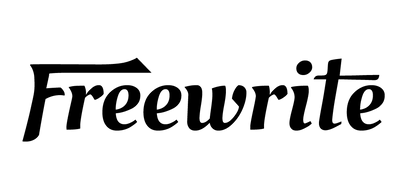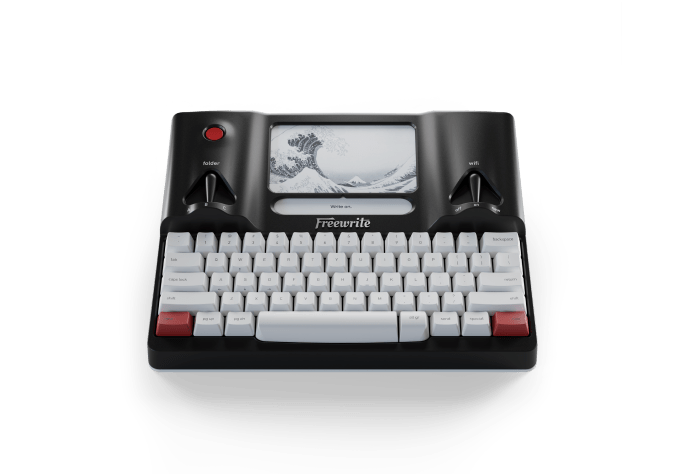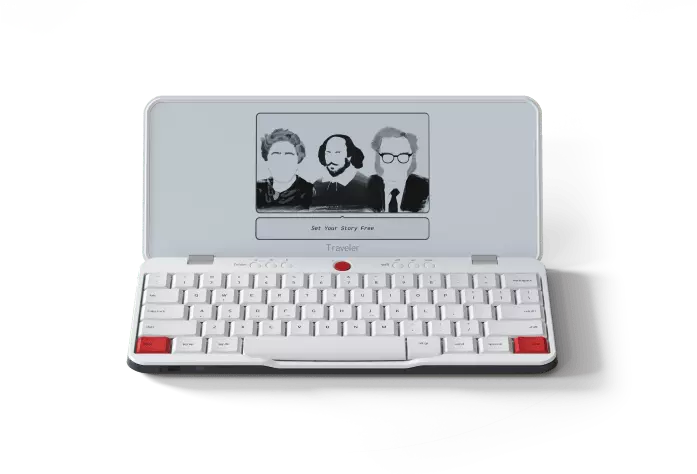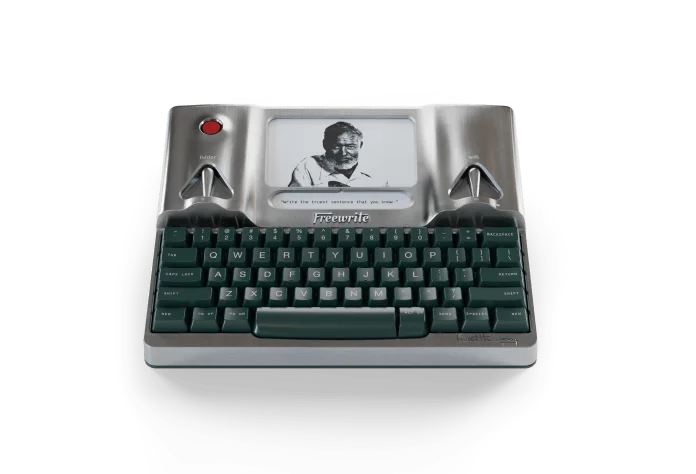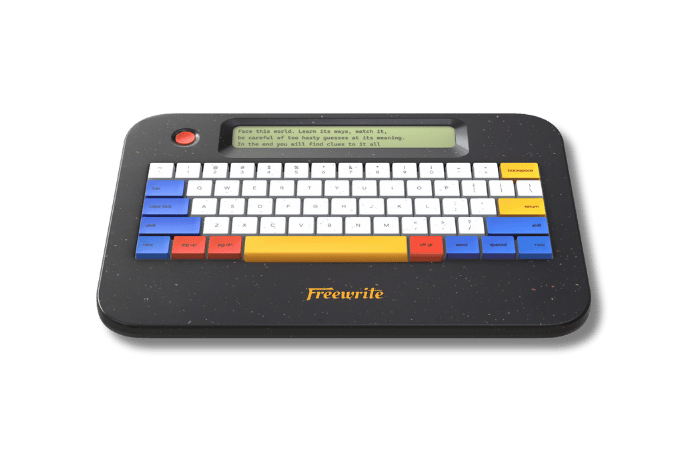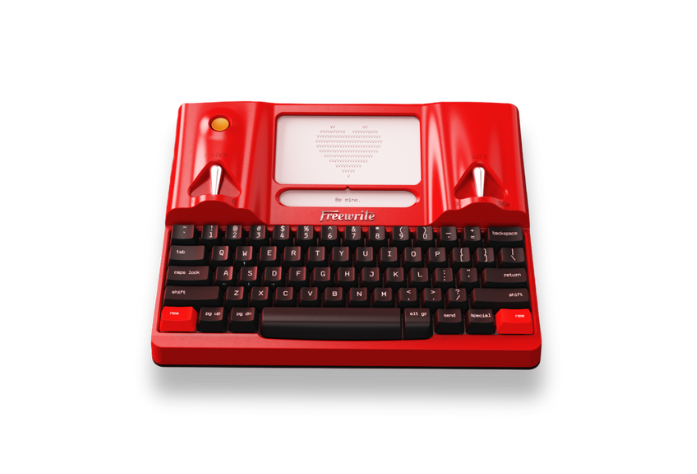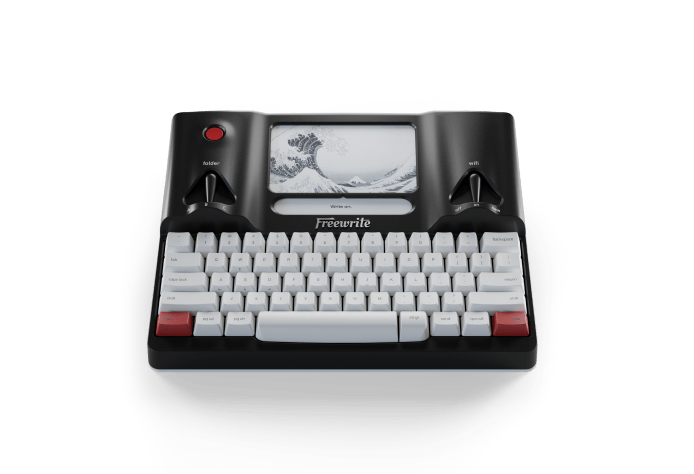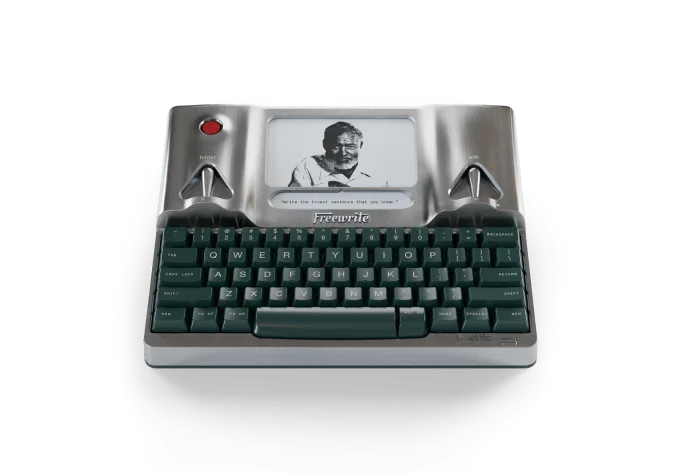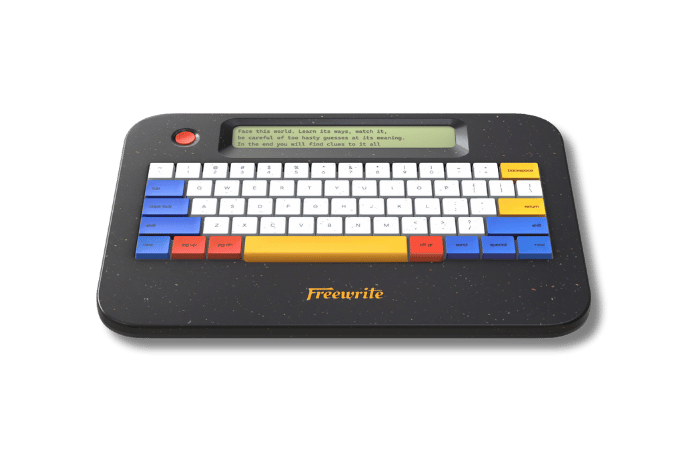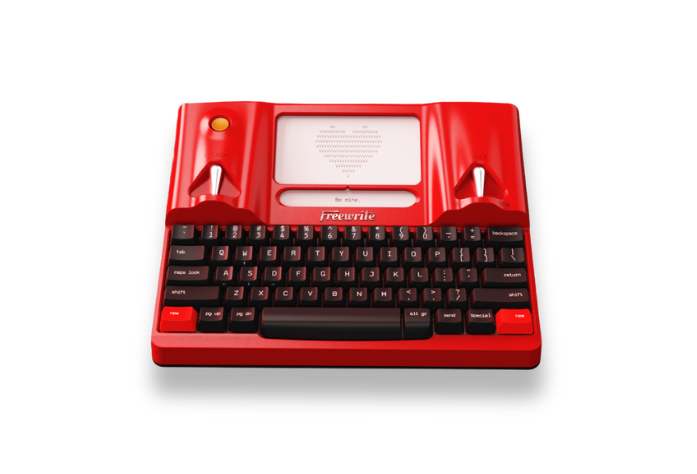Social media platforms are designed to capture attention, often leading to excessive use that disrupts daily life. This behavior, commonly referred to as social media addiction, involves compulsive engagement with apps like Instagram, TikTok, or X, resulting in negative impacts on mental health, productivity, and relationships. Addressing this issue requires understanding its mechanisms and implementing structured strategies to regain control. This article outlines actionable steps, tools, and techniques to reduce dependency on social media, incorporating distraction-free solutions like those offered by getfreewrite.com to support focused habits.
Understanding Social Media Addiction
Social media addiction is characterized by an inability to limit usage despite adverse consequences. Users may feel compelled to check notifications constantly, spend hours scrolling, or prioritize online interactions over real-world responsibilities. This behavior mirrors other forms of dependency, driven by dopamine rewards from likes, comments, or new content.
Several factors contribute to excessive social media use. Platforms leverage algorithms to deliver engaging content, creating a feedback loop that encourages prolonged interaction. Psychological triggers, such as boredom, stress, or a need for validation, often prompt users to turn to social media. Environmental factors, like constant smartphone access, further exacerbate the issue.
Recognizing the Signs
Behavioral Indicators
Identifying addiction begins with observing usage patterns. Common signs include checking social media first thing in the morning, using it during work or family time, or feeling anxious when unable to access apps. Neglecting hobbies, sleep, or in-person interactions in favor of scrolling is another red flag.
Emotional and Physical Cues
Emotional symptoms may include irritability when offline, low self-esteem tied to online feedback, or guilt about wasted time. Physically, excessive screen time can lead to eye strain, poor posture, or disrupted sleep patterns due to late-night use.
Impacts of Overuse
-
Mental Health Consequences: Prolonged social media engagement is linked to increased anxiety, depression, and feelings of inadequacy, often stemming from comparison with curated online personas. Constant exposure to negative news or toxic interactions can further strain emotional well-being.
-
Effects on Productivity and Relationships: Social media distracts from tasks, reducing efficiency at work or school. Relationships suffer when online engagement overshadows face-to-face communication, leading to feelings of isolation or disconnection among friends and family.
Strategies to Reduce Usage
Setting Boundaries
Establishing clear limits is critical. Designate specific times for checking social media, such as 15-minute windows twice daily. Avoid using apps during meals, work hours, or before bed to create separation between digital and real-world activities.
Time Management Techniques
Use schedules to allocate time for meaningful tasks. Tools like planners or calendar apps help prioritize responsibilities, reducing the urge to fill downtime with social media. Setting phone-free hours, especially in the evening, supports better sleep and focus.
Creating Phone-Free Zones
Designate areas like the bedroom or dining room as no-phone zones. This practice minimizes mindless scrolling and encourages presence in the moment. Storing devices in a separate room during focused activities reinforces these boundaries.
Developing a Digital Detox Plan
A structured detox plan involves gradually reducing social media use. Start by uninstalling apps for a day or weekend, then extend to longer periods. Replace screen time with offline activities like reading or exercise to ease the transition.
Gradual Reduction Approach
Begin by cutting usage by 25% each week. For example, if current daily use is four hours, aim for three hours in week one, then two in week two. Track progress with a journal to stay accountable.
Scheduled Breaks
Plan regular breaks, such as a weekly "no social media" day. These pauses disrupt habitual checking and provide opportunities to engage in alternative activities, reinforcing control over usage.
Replacing Social Media with Alternatives
Redirecting time to productive or fulfilling activities is essential. Creative outlets like journaling or writing help fill the void left by social media. Devices like the Freewrite Traveler or Smart Typewriter from getfreewrite.com offer distraction-free environments for writing, enabling users to focus without internet temptations.
Offline Hobbies
Explore activities like painting, gardening, or cooking. These pursuits provide satisfaction without the instant gratification of social media, fostering longer-term engagement and skill development.
Writing as a Focused Outlet
Writing, whether journaling or creative storytelling, channels energy into a tangible output. Tools like the Freewrite Smart Typewriter provide a typewriter-inspired experience, free from notifications or apps, making it easier to concentrate on thoughts rather than online distractions.
App Blockers and Time Trackers
Software solutions help enforce limits. Apps like Freedom or StayFocusd restrict access to social media during set periods. Time-tracking tools, such as RescueTime, monitor usage patterns, providing data to adjust habits effectively.
Curating a Positive Feed
Refining social media feeds reduces triggers for overuse. Unfollow accounts that promote negativity or comparison, and prioritize content that aligns with personal goals, such as educational or inspirational pages. This curation minimizes the pull of endless scrolling.
Mindfulness Practices
Mindfulness techniques, such as meditation or deep breathing, build awareness of impulses to check social media. Practicing brief pauses before reaching for a device helps break automatic habits, fostering intentional use.
Journaling for Self-Awareness
Regular journaling clarifies emotions and triggers related to social media use. A distraction-free tool like the Freewrite Traveler supports this practice by offering a portable, offline writing experience, encouraging reflection without digital interruptions.
Meditation for Impulse Control
Short meditation sessions, even five minutes daily, enhance self-discipline. Apps like Headspace or simple guided breathing exercises reduce stress, a common driver of compulsive social media checking.
Distraction-Free Tools to Replace Screen Time
Redirecting time from social media to productive activities is essential for breaking overuse patterns. Writing, whether for journaling, creative projects, or professional tasks, offers a focused outlet that counters the pull of digital distractions. Devices fromFreewrite, designed specifically for distraction-free writing, provide an effective way to replace screen time with meaningful work. Unlike laptops or smartphones, which tempt users with notifications and apps, Freewrite devices are single-purpose tools built to foster deep focus. Below, we explore four Freewrite models - Traveler, Smart Typewriter, Alpha Raven Black, and Hemingwrite Signature Edition - and how they support efforts to reduce social media overuse.

Freewrite Traveler
TheFreewrite Traveler is a lightweight, portable device tailored for writing on the go. Weighing just 1.6 pounds, it’s easy to carry, making it ideal for users who want to write anywhere - home, cafes, or travel. Its E Ink display is glare-free and gentle on the eyes, supporting long writing sessions without strain. The full-size scissor-switch keyboard offers a smooth, responsive typing experience, encouraging sustained focus. With automatic cloud syncing to services like Dropbox or Google Drive via Freewrite’s Postbox interface, drafts are securely backed up and accessible later. For those replacing social media with writing, the Traveler’s offline design eliminates the risk of drifting to apps, creating a focused environment for reflection or creativity.
Key Advantages:
-
Lightweight design suits writing in varied settings, reducing reliance on distracting devices.
-
E Ink display minimizes eye fatigue, ideal for extended journaling or drafting.
-
Cloud syncing ensures work is safe, supporting seamless integration into routines.
-
Long battery life allows uninterrupted writing, even on extended trips.

Freewrite Smart Typewriter (3rd Gen)
TheFreewrite Smart Typewriter is a robust, distraction-free device designed for writers seeking a dedicated drafting tool. Its E Ink display with frontlight adjusts to any lighting condition, from bright sunlight to dim rooms, ensuring comfortable use. The full-size mechanical keyboard provides a tactile, satisfying typing experience, making writing feel engaging and deliberate. Built with a durable aluminum body, it withstands daily use, while its long-lasting battery supports extended sessions. Automatic cloud syncing ensures drafts are saved securely, allowing users to focus on writing without worrying about data loss. By removing internet browsers and notifications, the Smart Typewriter helps users replace social media scrolling with productive writing, fostering a state of flow.
Key Advantages:
-
Durable build supports consistent use for journaling or creative projects.
-
Mechanical keyboard enhances typing comfort, encouraging longer writing sessions.
-
E Ink display with frontlight reduces strain, suitable for all lighting conditions.
-
Cloud syncing keeps drafts secure, streamlining the writing process.

Freewrite Alpha Raven Black with Backlight
TheFreewrite Alpha Raven Black with Backlight is a portable writing device optimized for flexibility. Weighing under 2 pounds, it’s easy to carry for writing during commutes or travel. Its adjustable, warm backlight allows writing in any lighting, day or night, while the full-size mechanical keyboard with low-profile switches ensures smooth, comfortable typing. The device continuously saves work and syncs drafts to the cloud, providing peace of mind for users. With up to 100 hours of battery life, it supports prolonged writing without interruptions. For those cutting back on social media, the Alpha Raven Black offers a distraction-free space to journal or draft, helping redirect energy from scrolling to creative output.
Key Advantages:
-
Adjustable backlight enables writing in varied lighting, enhancing versatility.
-
Long battery life supports extended focus, ideal for replacing screen time.
-
Mechanical keyboard reduces typing fatigue, promoting sustained engagement.
-
Continuous cloud syncing ensures drafts are always secure and accessible.

Freewrite Hemingwrite Signature Edition
TheFreewrite Hemingwrite Signature Edition, developed with the Ernest Hemingway estate, is a premium device for writers seeking simplicity and focus. Its raw aluminum body develops a unique patina over time, personalizing each unit. The green keycap keyboard delivers a tactile, satisfying typing experience, encouraging deep immersion in writing. Automatic cloud syncing saves drafts securely, while the minimalist design eliminates digital distractions. Paired with a premium leather attaché case, it’s both functional and stylish. The Hemingwrite helps users replace social media with focused writing, offering a dedicated tool for creative or reflective tasks without the pull of notifications.
Key Advantages:
-
Unique aluminum design personalizes the device, enhancing user connection.
-
Green keycap keyboard provides tactile feedback, supporting long writing sessions.
-
Cloud syncing ensures drafts are backed up, streamlining creative workflows.
-
Minimalist design fosters focus, ideal for combating social media overuse.
Why Freewrite Devices Help
Freewrite’s suite of devices addresses the core challenge of social media overuse: the constant pull of digital distractions. By offering offline, single-purpose tools, they create a “walled garden” for writing, free from apps, notifications, or browsers. This aligns with strategies to reduce screen time by replacing compulsive habits with intentional, productive activities. Whether journaling to process emotions or drafting a novel, Freewrite devices help users reclaim focus, making them valuable for anyone seeking to break free from social media’s grip.
Additional Tools and Techniques
-
Device Management Solutions: Apps like Digital Wellbeing (Android), Screen Time (iOS), or Freedom track usage, set app limits, or block distracting sites, creating a controlled digital environment to reduce social media overuse.
-
Refining Online Content: Curate feeds by unfollowing negative accounts and prioritizing goal-aligned content, like educational pages, to minimize triggers and discourage endless scrolling.
-
Mindfulness Techniques: Practice meditation or intentional pauses to increase awareness of digital impulses, using brief breathing exercises to break automatic social media habits.
-
Journaling for Insight: Reflect on triggers with offline journaling, enhanced by tools like the Freewrite Traveler, which offers a portable, distraction-free writing experience.
-
Meditation for Self-Control: Daily five-minute meditation sessions, using guided exercises or apps like Calm, reduce stress and build discipline for focused attention.
Building a Sustainable Relationship with Social Media
Defining Purposeful Use
Shift social media from mindless consumption to intentional engagement. Use platforms for specific purposes, like networking or staying informed, rather than passive scrolling. Setting goals for each session, such as messaging a friend or sharing a work update, keeps interactions focused.
Long-Term Habit Maintenance
Sustaining reduced usage requires ongoing effort. Regularly reassess habits, adjusting boundaries as needed. Periodic detoxes and continued use of tools like app blockers or offline writing devices maintain discipline over time.
Routine Check-Ins
Schedule monthly reviews to evaluate social media habits. Note any slippage into old patterns and adjust strategies, such as tightening time limits or exploring new offline activities.
Integrating Offline Tools
Incorporate tools like the Freewrite Smart Typewriter into daily routines for tasks requiring deep focus. Its offline design eliminates the risk of drifting to social media, supporting consistent productivity and creative output.
Seeking External Support
-
Engaging Friends and Family: Discussing goals with trusted individuals provides accountability. Share detox plans or boundary-setting strategies with loved ones, who can offer encouragement or join in phone-free activities.
-
Professional Resources: For severe cases, professional support may be necessary. Therapists specializing in behavioral addictions can provide tailored strategies. Online resources, such as support groups or educational websites, offer additional guidance.
Conclusion
Reducing social media addiction involves recognizing its signs, understanding its impacts, and implementing structured strategies. By setting boundaries, adopting detox plans, and using tools like app blockers or distraction-free devices such as the Freewrite Traveler and Smart Typewriter, individuals can regain control. Replacing social media with meaningful activities and maintaining long-term habits fosters a balanced digital life. Consistent effort and periodic reassessment ensure lasting progress toward healthier technology use.
FAQ
What is social media addiction?
It’s a compulsive need to use social media platforms, often leading to negative effects on mental health, productivity, or relationships.
How can I tell if I’m addicted to social media?
Signs include constant checking, anxiety when offline, or neglecting responsibilities and relationships in favor of scrolling.
What are effective ways to limit social media use?
Set time limits, use app blockers, create phone-free zones, and replace scrolling with offline activities like writing or exercise.
Can tools help with social media addiction?
Yes, app blockers, time trackers, and distraction-free devices like the Freewrite Smart Typewriter support focused, offline habits.
How does a digital detox work?
A detox involves reducing or eliminating social media use for a set period, replacing it with alternative activities to break habits.
Why is social media so addictive?
Platforms use algorithms to deliver engaging content, triggering dopamine rewards that encourage continuous use.
When should I seek professional help?
If social media use severely disrupts daily life or mental health despite efforts to reduce it, consulting a therapist is advisable.
